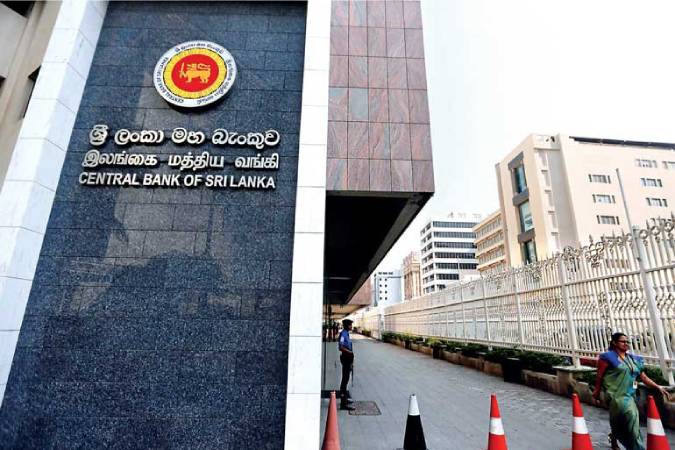The Central Bank yesterday defended imposing interest rate caps insisting it would be a credit positive for local banks as the move would lead to the gradual increase of credit demand, lower Non-Performing Loans (NPLs) and stimulate economic activity.
Countering Moody’s Investor Services latest report released last Friday saying that the interest rate caps would be a credit negative for banks, the Monetary Authority argued that it does not expect a material change in interest margins of the banking system arising from the imposition of caps on lending rates, holding other factors constant.
It also said the interest rate cap will be reviewed in March 2020.
“Furthermore, more realistic nominal and real lending rates are expected to stimulate economic activity gradually, thereby boosting the demand for credit. This, along with improved repayment capacity of borrowers at lower interest rates, will help strengthen licensed banks, going forward, including by addressing the challenge of rising NPLs. Therefore, the Central Bank is of the view that the imposition of caps on lending rates of licensed banks would, in fact, be credit positive, contrary to the view held by Moody’s Investors Service,” the Central Bank said in a statement.
Last Friday Moody’s Investors Service issued a Sector Comment on Sri Lankan banks titled ‘Sri Lanka’s lending rate cut is credit negative for banks’. In this respect, the Central Bank of Sri Lanka is of the view that the conclusion by Moody’s has not taken into account the complete information set, and is therefore unfounded.
The Central Bank has taken a number of measures over the past 11 months to ease monetary policy and monetary conditions in view of decelerating growth of credit and monetary aggregates and subdued economic growth, amidst well anchored inflation expectations.
Amongst these measures, the reduction in the Statutory Reserve Ratio (SRR) by 2.50 percentage points in two steps has enabled licensed commercial banks (LCBs) to invest additional funds amounting to around Rs. 150 billion in revenue generating activities.
The reduction in SRR has also improved rupee liquidity in the domestic money market, while a further reduction in money market interest rates has been effected by reducing policy interest rates by 100 basis points in two steps in May and August.
The imposition of caps on deposit interest rates of licensed banks in April, which was subsequently removed in September, was aimed at limiting unhealthy Communications Department competition in deposit mobilisation amongst banks and assisting them to reduce lending interest rates.
This temporary cap imposed in consultation with banks helped reduce the Average Weighted New Deposit Rate (AWNDR) by 284 basis points within four months since end-April. However, in spite of continued deliberations with banks, most market lending interest rates have been downward rigid, unlike deposit interest rates as well as rates on short term funds and government securities.
It is in this context that the Central Bank imposed caps on lending rates of licensed banks on 24 September. With the substantial decline in cost of funds, in terms of lower SRR, lower money market interest rates, lower policy interest rates and lower deposit interest rates, along with the allowance of sufficient time for banks to adjust lending rates downwards, the Central Bank has sought to minimise any disruption to the smooth operation of the banking system as well as its profitability.
(FT)

